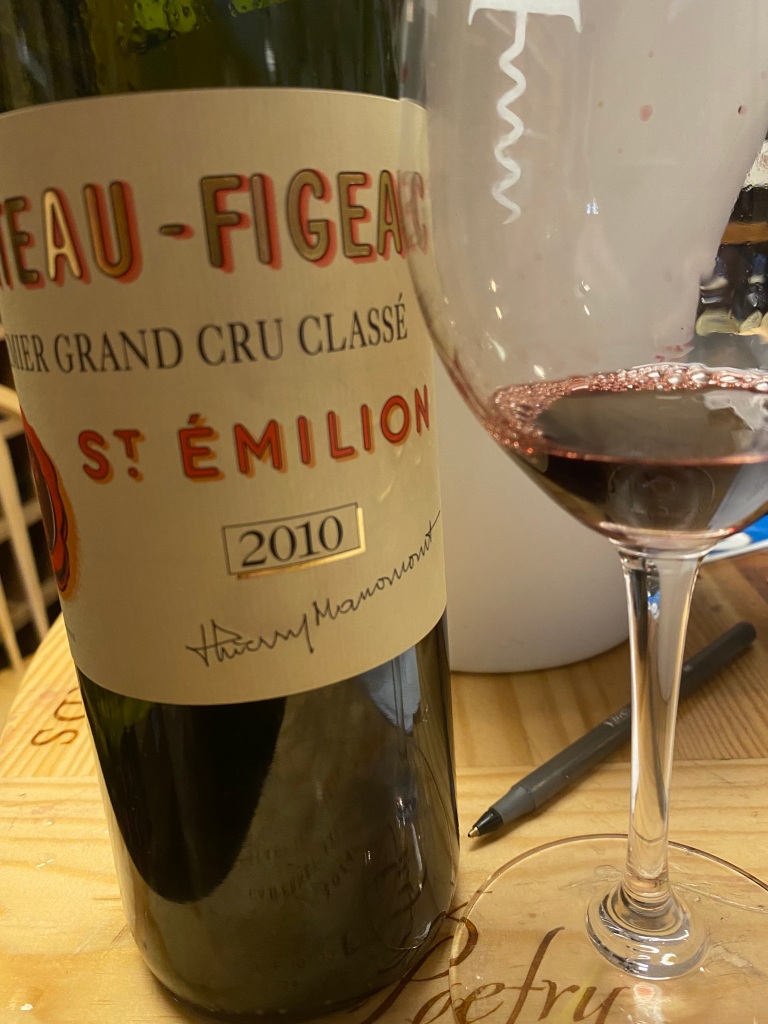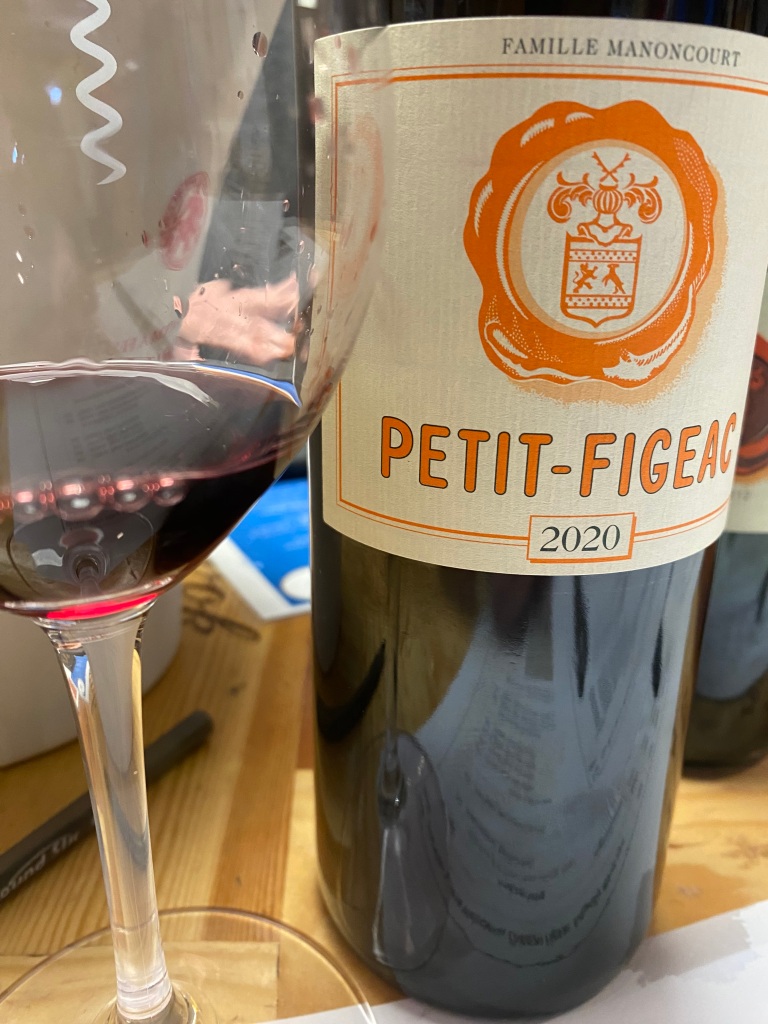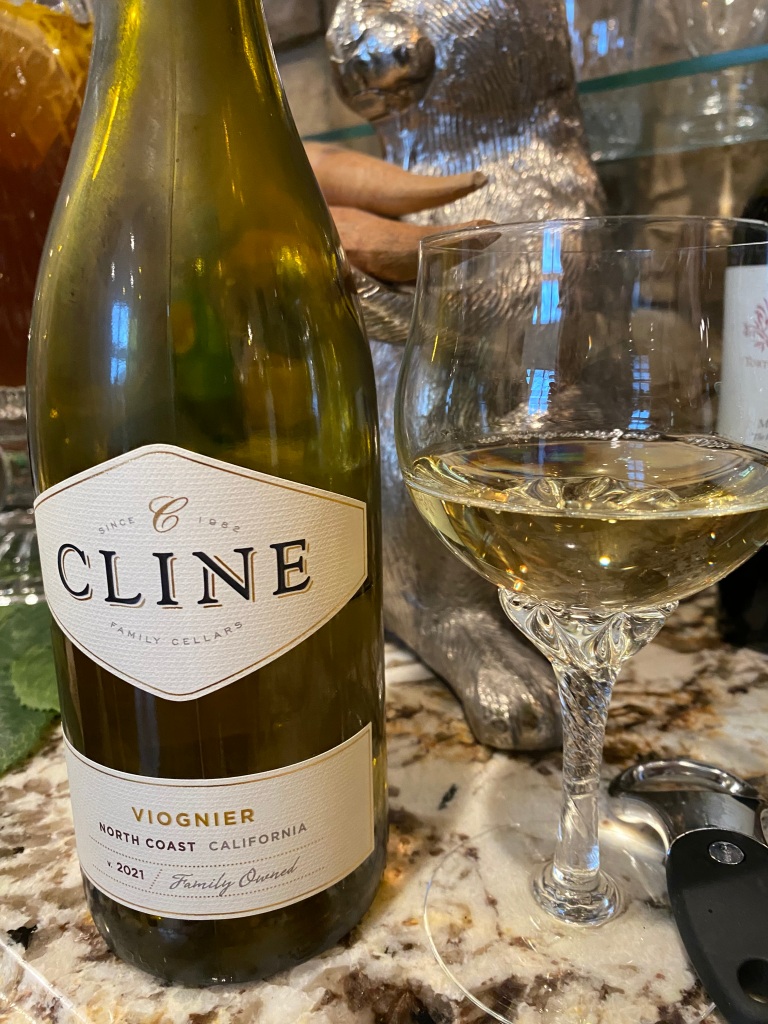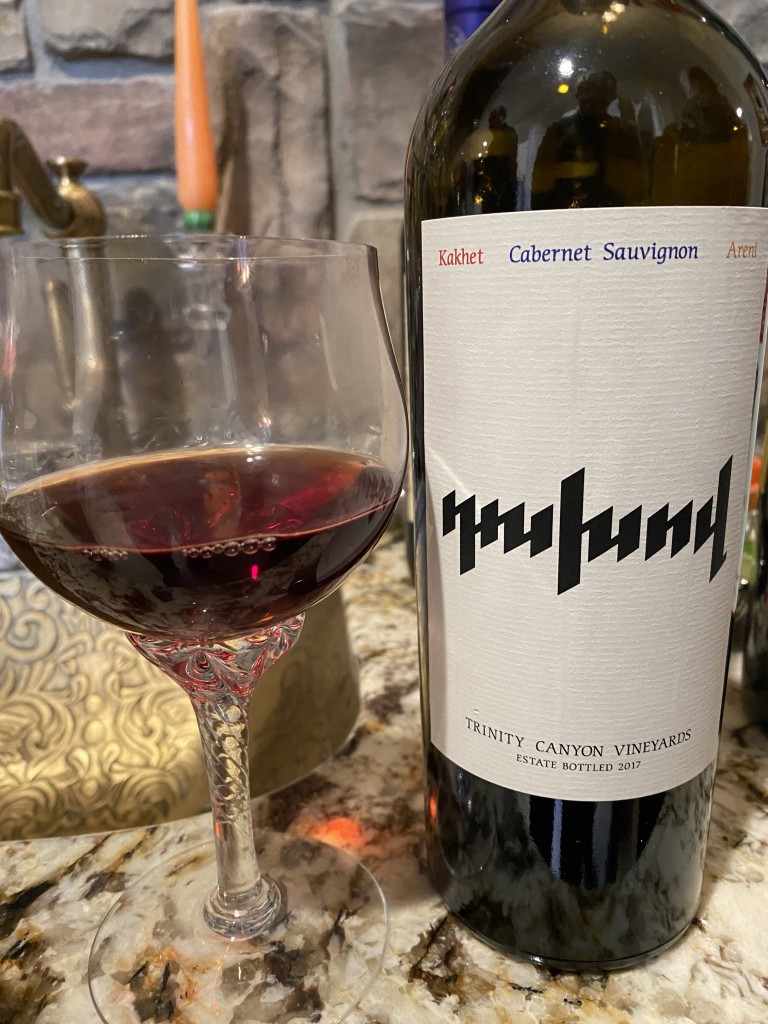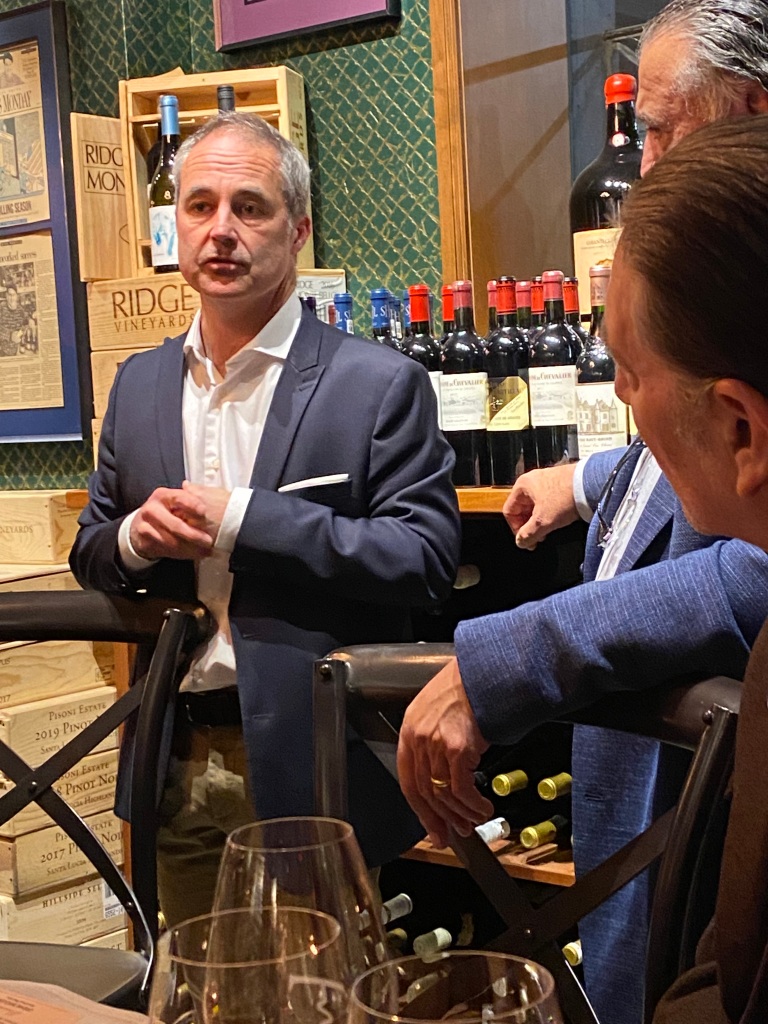It is hard to believe that my Bride and I met one night, thirty-one years ago at a singles dance. We have been basically been together every day since. Of course, I also told her that I was going to marry her, that evening; I guess she didn’t try to run away too hard that night. It doesn’t seem that long ago, but I know that I would never be able to get into any of the clothes that I had, except for my hats, scarves, ties, hosiery, and jewelry; though my Internist wants me to lose some weight, back then it was easy. These thoughts I am relaying, is because we were out at Taste Kitchen in Ann Arbor, Michigan celebrating (which makes it even harder to lose weight).

We had moved from the bar, to our table looking out the window at the locals walking by, mostly college students. Neither of us, ever had a student life, during college, as we were our own scholarship program, and back then we worked. My Bride had the Miso Glazed Salmon with wild mushrooms, bok choy, Fresno chili peppers, and coconut milk. I went with the Seared Diver Scallops with Fingerling potatoes, an asparagus salad, pepper coulis, and chive oil. Our choices for dinner, made the next wine selection a bit easier and I selected Domaine Daulny Sancerre Le Clos de Chaudenay 2022 and Etienne Daulny owns fifteen hectares of vines divided into about fifty different plots within Sancerre and none of these wines see Malolactic fermentation. Les Clos de Chaudenay is a single vineyard cuvee of Sauvignon Blanc, right next to the winery. Most of the aging occurs in Stainless Steel, but about twenty percent is aged in well used six-hundred-liter “puncheons” and then the wines are blended at the end. A nice straw-colored wine that had notes of grapefruit, lemon, and herbs. On the palate, tones of a classic Sancerre, a bit racy, well balanced with a nice long crisp finish with terroir.

Then my Bride wanted to go back to the bar, for dessert and reminisce again. I let my Bride select, as I no longer enjoy desserts, like I did at one time, and since Lent was over, she could indulge. We shared a dish of “Chocolate Delice” with a blackberry-wine reduction, berries, and a cinnamon graham cracker. She was chomping at the bit, to have their Spanish Coffee, which is made from local products and the restaurant’s house made crème fraiche. Hyperion Coffee Company of Ann Arbor and Ypsilanti, do their own roasting and blending. When blended with the Barrel Reserve Spaulding’s Coffee Liqueur made from scratch by the Ann Arbor Distilling Co., she was in heaven. The Spanish Coffee was so great, that my Bride made the poor bartender get us the name of the coffee and the coffee liqueur that was used in the drink, and both were local brands to Ann Arbor. Hyperion Coffee Company is located in Ann Arbor and in Ypsilanti, and they do their own roasting and blending. The other ingredient that the bartender shared with us, was the Barrel Reserve Spaulding’s Coffee Liqueur made from scratch by Ann Arbor Distilling Co., founded in 2014. The liqueur is made from cold-brewed coffee and sugar cane and delivered a taste of roasted coffee, almonds, and creamy vanilla. I was more hedonistic and went with The Rare Wine Co. Historic Series Madeira Savannah Verdelho Special Reserve NV, produced by Barbeito; and they have the longest brand name known to man or woman. Verdelho is one of the drier and fresher (high acid) of the four varietally labeled, fortified wines of Madeira: Sercial, Bual, Malvasia and Verdelho. Verdelho Madeira now represents a wine style, as much as the varietal. After the phylloxera devastation of the 1860’s, Verdelho Madeira almost disappeared as they began using a resistant hybrid Jacquet, now outlawed, and Tinta Negra Mole, but in 1993, legislation was introduced that stipulated at least eighty-five percent of the variety must be used, if it is on the label. Madeira Verdelho historically is a relatively dry, very fresh, fortified, oxidized white wine. This wine was released in April 2010 and is still available. This tawny-amber colored wine offers notes of orange zest, shortbread, ginger, milk chocolate, and almonds. On the palate the wine is lightly sweet and offers tones of candied citrus, ginger, and some spice honey that ends with a delightfully long finish of spice and citrus sweetness.





